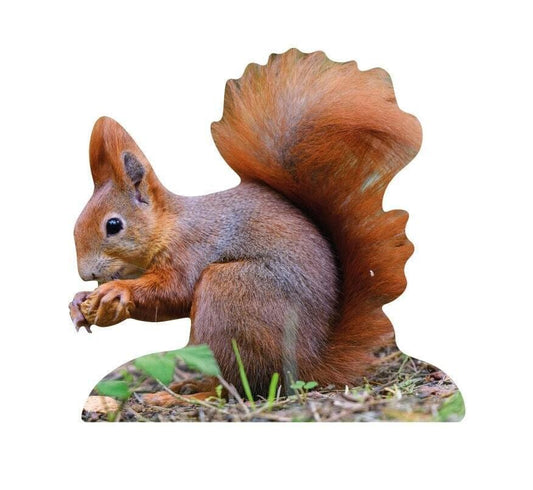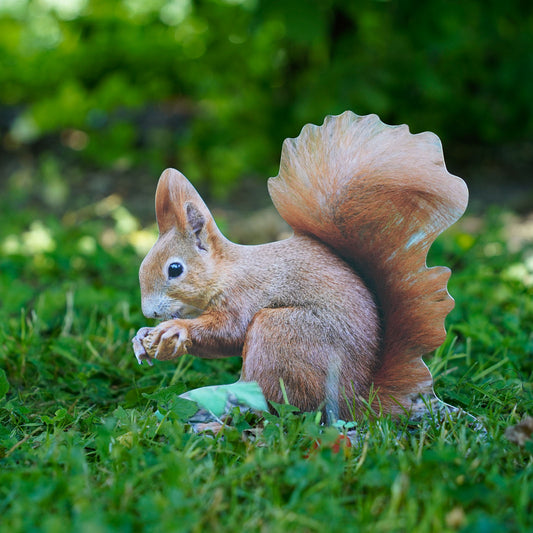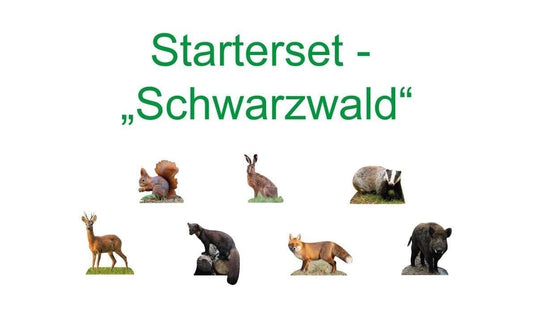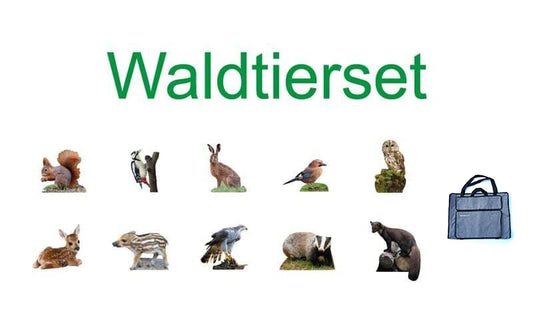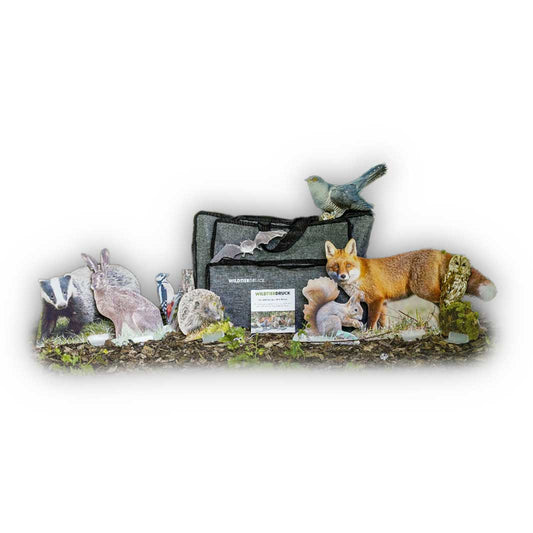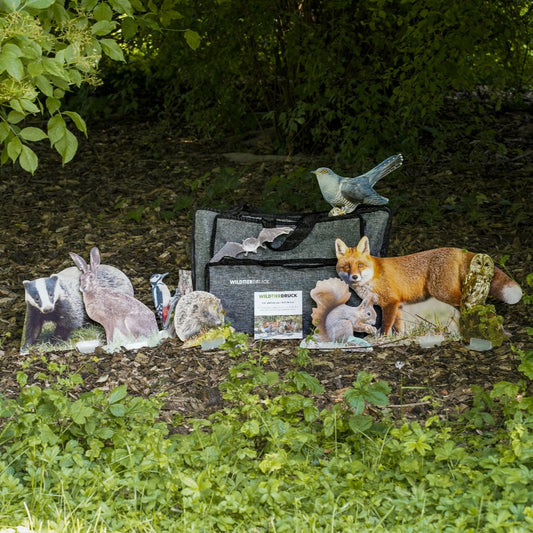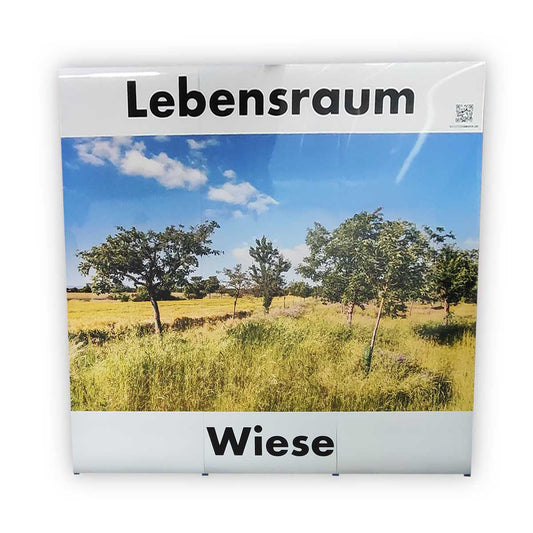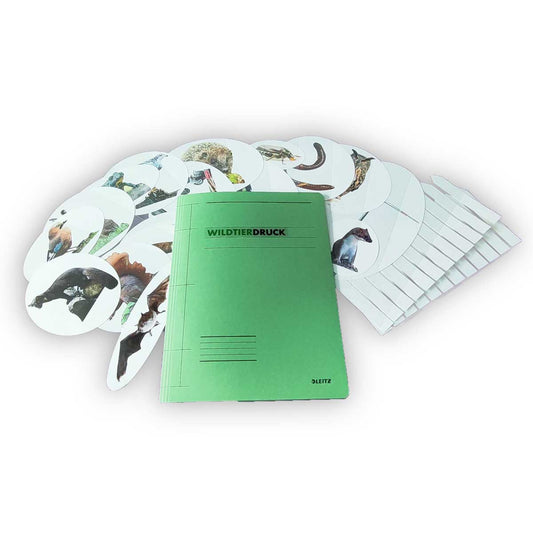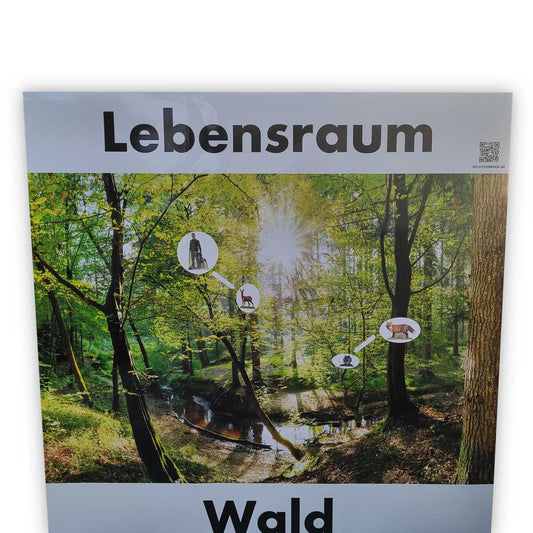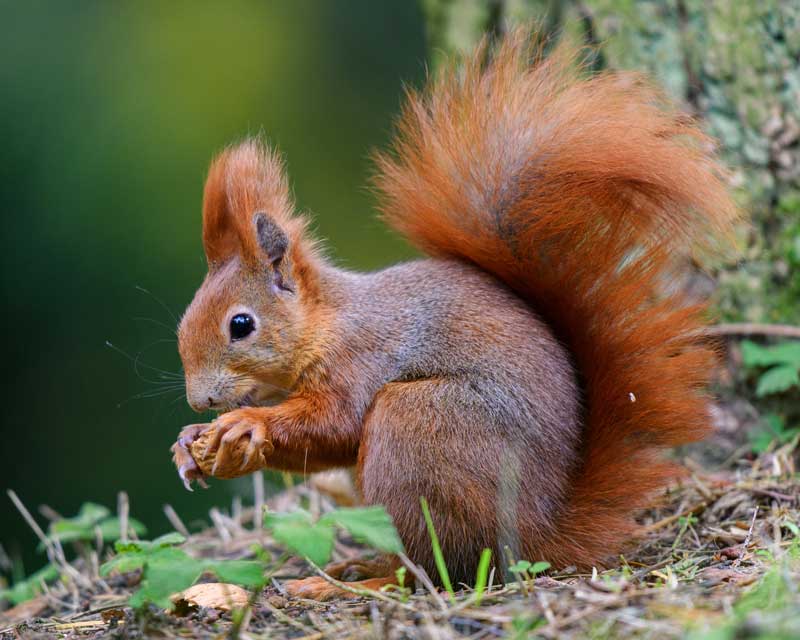
Squirrel
Known for its playful nature and distinctive appearance, the European red squirrel is a common and popular wild animal. This fact sheet provides a detailed overview of the red squirrel's biology and ecology and highlights the importance of protecting its habitats and food sources.
Squirrel Products
-
Animal display squirrel
Regular price From 19,90€Regular priceUnit price / per -
Starter set - "Black Forest"
10 reviewsRegular price From 399,90€Regular priceUnit price / per -
Animal set - forest animals
3 reviewsRegular price 359,90€Regular priceUnit price / per -
Life-size deer foot stamp
No reviewsRegular price 198,00€Regular priceUnit price / per -
Animal display squirrel - outdoor set
No reviewsRegular price 27,70€Regular priceUnit price / per -
Pop-Up Wall "Forest Habitat"
No reviewsRegular price 300,00€Regular priceUnit price / per -
Pop-Up Wall "Forest Habitat"
No reviewsRegular price From 1.200,00€Regular priceUnit price / per -
Pop-Up Wall "Forest Habitat"
No reviewsRegular price From 1.200,00€Regular priceUnit price / per
Profile: Squirrel
-
Scientific classification
- Class: Mammalia (mammals)
- Order: Rodentia (rodents)
- Family: Sciuridae (squirrels)
- Genus: Sciurus
- Species: S. vulgaris (European red squirrel)
-
Physical characteristics
- Size: Body length of 18-24 cm
- Tail length: 14-20 cm
- Weight: 250-350 g
- Special features: Fluffy fur, usually in various shades of brown and grey; long, bushy tail; characteristic brush ears.
-
Habitat and distribution
- Common regions: Europe, parts of Asia, North Africa
- Habitat: Forests, parks, gardens, preferably deciduous and mixed forests with sufficient food supply.
- Adaptability: High, can also live in urban areas as long as there are enough trees and hiding places.
-
Nutrition
- Diet: Omnivorous with plant dominance
- Typical food: nuts, seeds, berries, bark, buds, fruits, mushrooms; occasionally also insects, bird eggs and small vertebrates.
-
Reproduction and lifestyle
- Mating season: spring and summer
- Nest type: Nests in tree hollows, nest boxes or leaf nests
- Litter size: 2-6 young
- Incubation period: Approx. 38-39 days
- Social structure: Usually solitary outside of the mating season, but can also live in loose groups.
-
Lifespan and protection status
- Life expectancy: Up to 6 years in the wild
- Endangered status: Least concern; however, threatened in some areas by habitat loss and traffic accidents.
- Protection measures: preservation and protection of forests and green spaces, education about the correct feeding of squirrels.

